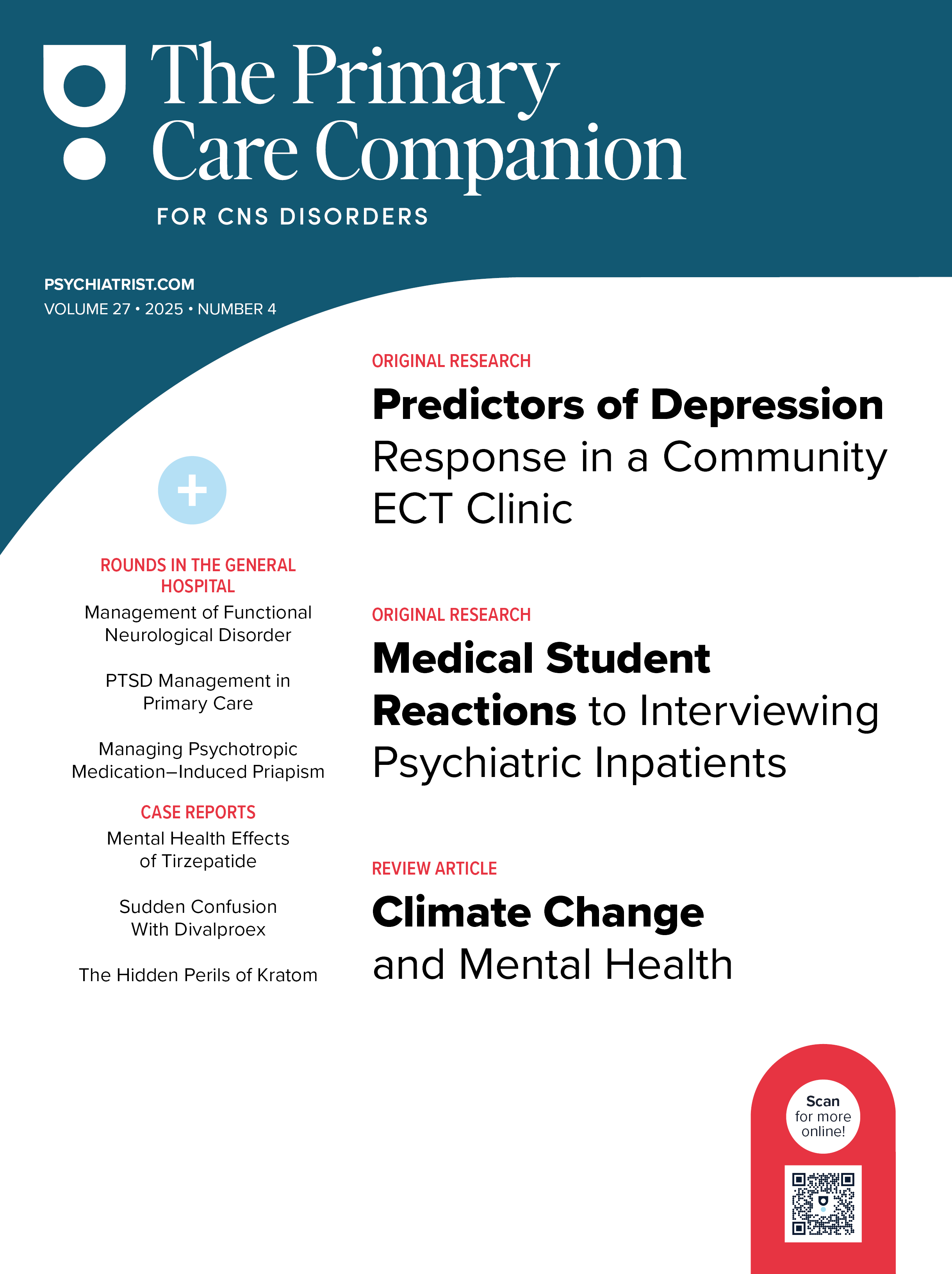Data on the safety and tolerability of atypical antipsychotics such as clozapine, risperidone, olanzapine, quetiapine, and ziprasidone are still accumulating because these agents are relatively new compared with conventional antipsychotics. Current research and clinical practice indicate that atypical antipsychotics are generally safer and better tolerated than and as effective as conventional antipsychotics. The incidence of motor side effects such as extrapyramidal symptoms and tardive dyskinesia, anticholinergic side effects, prolactin elevation, and QTc prolongation appears to be low with most atypical antipsychotics. Clozapine and olanzapine are associated with more anticholinergic side effects than are other atypical antipsychotics; risperidone, with more prolactin elevation; and ziprasidone, with greater QTc prolongation. Weight gain is a problematic side effect of antipsychotic treatment, especially with olanzapine and clozapine. Most side effects of antipsychotics are dose related, and physicians should, therefore, use the lowest efficacious dose for the individual patient. In evaluating the risk/benefit profile of an atypical antipsychotic, physicians should determine the likelihood of occurrence of its common side effects and the degree of impairment or discomfort associated with these side effects. During the course of treatment, patients should be monitored regularly for the emergence of side effects, especially those that have the potential to negatively impact the physical wellbeing of the patient.’ ‹
This PDF is free for all visitors!

